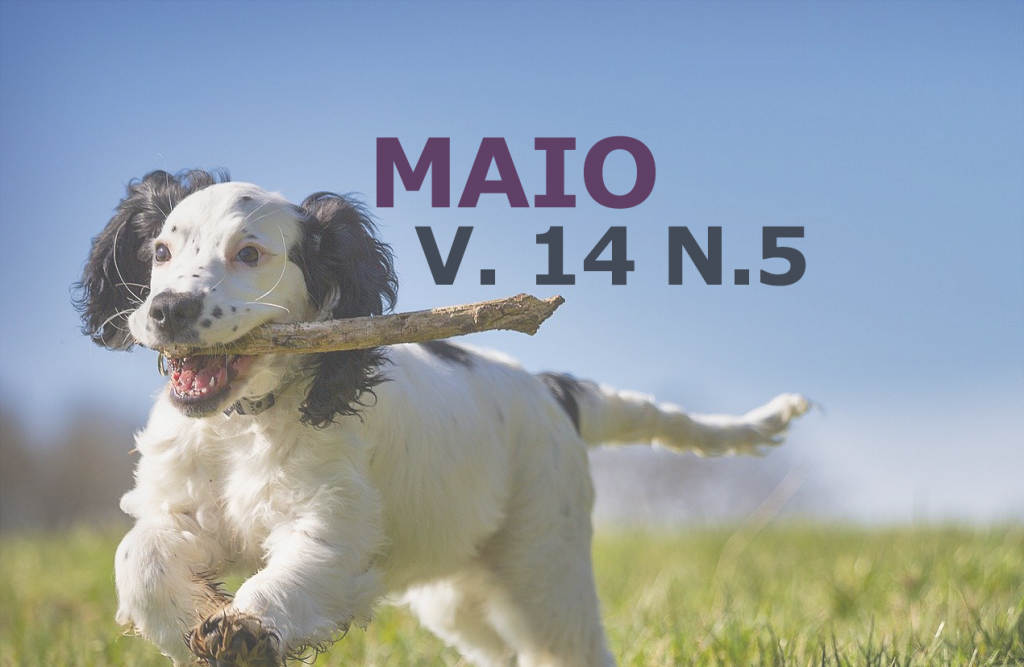Determination of delivery in bitches through ultrasound measurement of fetal and extrafetal structures
DOI:
https://doi.org/10.31533/pubvet.v14n5a576.1-8Keywords:
canine, fetometry, gestation ageAbstract
The aim of this study was to evaluate the use of ultrasound as a method of gestational diagnosis in female dogs, and its use in monitoring fetal development and viability, in determining gestational age and probable date of delivery in female dogs. The canine gestation time is relatively short, resulting in the development of the main fetal organs in their final period, and birth of immature fetuses. Determining gestational age allows the time of birth to be estimated, so that breeders and veterinarians can help reduce peripartum loss. Ultrasound measurement of extra-fetal and fetal structures is a common and accurate method for predicting the date of delivery during canine pregnancy, in which they will be chosen depending on the gestational period of the female. The inner chorionic cavity diameter (ICC) is considered the most accurate indicator of gestational age between the 20th and 37th days, whereas biparietal diameter (BPD) is a reliable parameter in the final third of pregnancy, between the 38th and 60th days. Breed variations in dogs may interfere in gestational age calculations based on fetal measurements, and it is necessary to establish measurement standards and calculations for animals of the same size or breed characteristics.
Downloads
Published
Issue
Section
License
Copyright (c) 2020 Maíra Planzo Fernandes, Marcus Vinícius Galvão Loiola, Antonio de Lisboa Ribeiro Filho, Marcos Chalhoub Coelho Lima, Endrigo Adonis Braga de Araújo, Luiz Di Paolo Maggitti Junior

This work is licensed under a Creative Commons Attribution 4.0 International License.
Você tem o direito de:
Compartilhar — copiar e redistribuir o material em qualquer suporte ou formato
Adaptar — remixar, transformar, e criar a partir do material para qualquer fim, mesmo que comercial.
O licenciante não pode revogar estes direitos desde que você respeite os termos da licença. De acordo com os termos seguintes:
Atribuição
— Você deve dar o crédito apropriado, prover um link para a licença e indicar se mudanças foram feitas. Você deve fazê-lo em qualquer circunstância razoável, mas de nenhuma maneira que sugira que o licenciante apoia você ou o seu uso. Sem restrições adicionais
— Você não pode aplicar termos jurídicos ou medidas de caráter tecnológico que restrinjam legalmente outros de fazerem algo que a licença permita.





